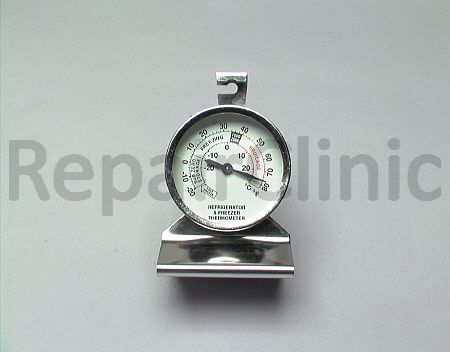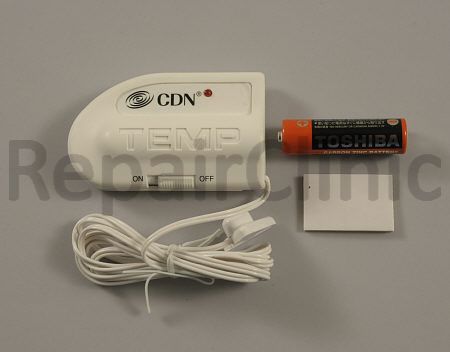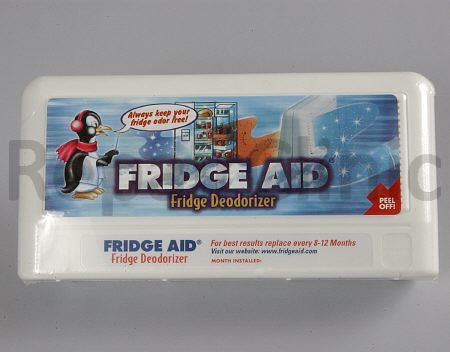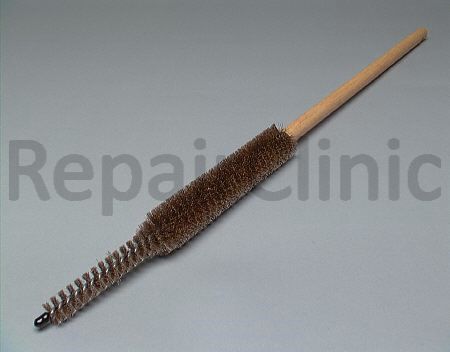Randy wrote:
The door dispenser will eventually have a good flow when holding the switch with a cup in the door. I have changed the filter. If used frequently within the hour, the unit dispenses as it should. If it sits for more than few hours the delay starts. You can hear the pump activate when the door witch is engaged. The Ice Maker works flawlessly and continues to output good ice and quantity. No leaks under unit. All hoses on back of unit are straight and not kinked. I verified the same of the connections where the water supply enters the unit.
Some thoughts and direction would be appreciated.
Thanks,
Randy B
First, you should know that there’s no pump– the water flows out under normal water pressure in your house. If you’re hearing a humming sound, that’s probably the coil on the water inlet solenoid valve in back.
What’s happened with your dispenser is that the water inlet valve for the dispenser has gone “lame,” as we say in the trade. Your water inlet valve is located in back of the refrigerator, behind the service panel as shown in the following two photos:


(click the pics for larger views)
The circled blue valves in the photo above are the dispenser valve. But this is all one assembly and the entire assembly is replaced as a set. Here’s the new and improved replacement water inlet valve assembly you need, comes with complete, illustrated destructions, too:
Fun Fact to Know and Tell: Whenever you change the filter, you should run a good amount of water through the system, this will hopefully push out any air which gets trapped in the system which can later cause air cushions.

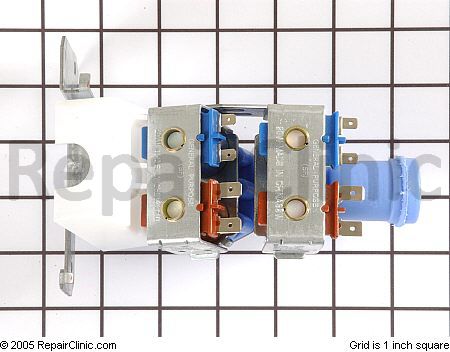

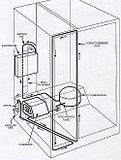
 But the Samurai has the solution: buy your LG parts right here through Fixitnow.com– your local online appliance repair place– you’ll save mucho dinero and you’ll get your parts delivered lickety-split. Just use the handy links below:
But the Samurai has the solution: buy your LG parts right here through Fixitnow.com– your local online appliance repair place– you’ll save mucho dinero and you’ll get your parts delivered lickety-split. Just use the handy links below: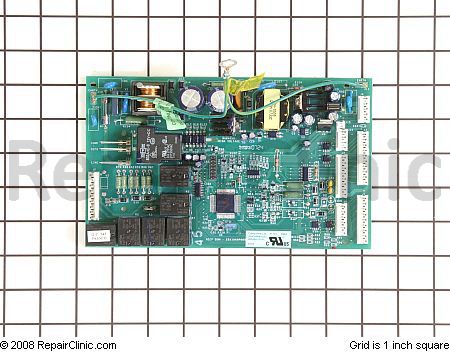

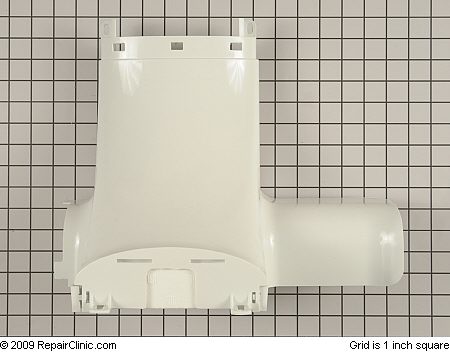
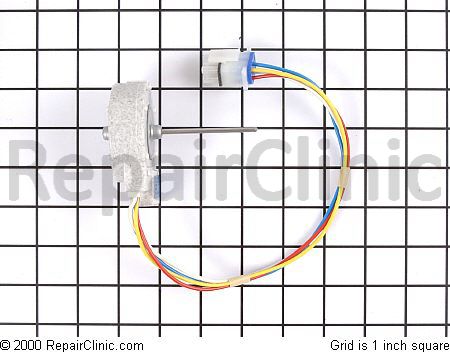
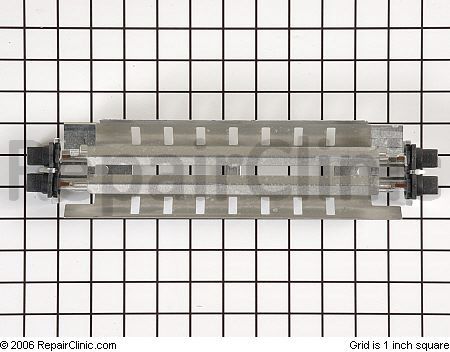
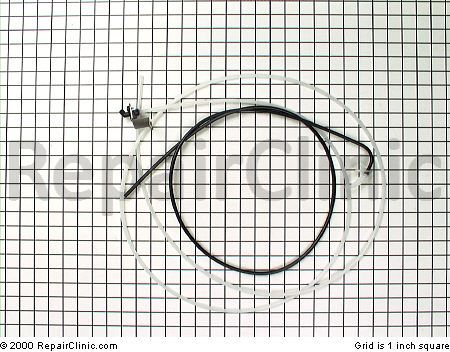




 So the engineers burned some funny incense and chanted “OM” to the pot-bellied, bald-headed, golden Buddha. And, yea verily, the pot-bellied, bald-headed, golden Buddha did grin down upon them and granted them a miraculous vision of the electronified optical control icemaker system!
So the engineers burned some funny incense and chanted “OM” to the pot-bellied, bald-headed, golden Buddha. And, yea verily, the pot-bellied, bald-headed, golden Buddha did grin down upon them and granted them a miraculous vision of the electronified optical control icemaker system! 






